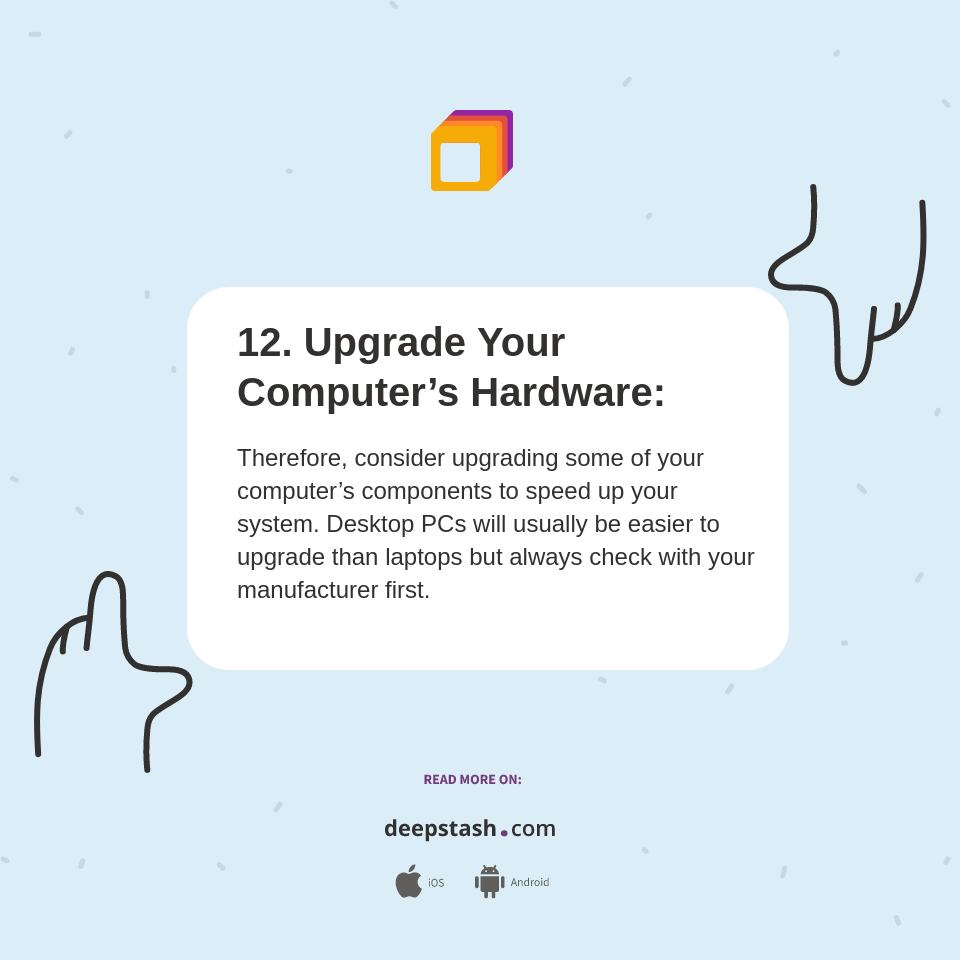How to Upgrade Your PC Hardware Without Breaking the Bank is not just a guide; it’s an invitation to transform your computing experience without emptying your wallet. Whether you’re a gamer looking to enhance your gameplay or a professional needing reliable performance, upgrading your PC hardware can seem daunting and expensive. In this article, we’ll explore budget-friendly strategies that can help you elevate your system’s capabilities, ensuring you get the best performance for your money.
As we delve into the various components that make up your PC, we’ll uncover practical tips on which upgrades yield the most significant improvements. From graphics cards to RAM, we’ll highlight options that balance affordability with quality, making sure you can enjoy the latest technology without financial strain.

In today’s fast-paced world, the impact of technology on our everyday lives is undeniable. From the moment we wake up to the sound of our smart alarm clocks to the time we unwind by streaming our favorite shows, technology shapes our routine in countless ways. This article explores how technology influences our daily lives, the benefits it brings, and some potential drawbacks that we need to consider.Firstly, let’s talk about communication.
In the past, people relied on letters, landline telephones, or even face-to-face interactions to connect with one another. Today, we have an array of digital tools at our fingertips. Instant messaging apps, social media platforms, and video conferencing software have revolutionized the way we interact. You can be halfway across the world, yet with a simple tap on your smartphone, you can connect with friends and family instantly.
This ease of communication fosters relationships and allows for better collaboration in the workplace.Moreover, technology has made information more accessible than ever before. The internet is a vast repository of knowledge. With a few clicks, we can find answers to almost any question, learn new skills, or explore different cultures and ideas. Online courses and educational platforms enable individuals to pursue lifelong learning, making education more democratized.
This accessibility can empower individuals to improve their lives and careers, leveling the playing field in many ways.Another significant aspect of technology’s influence is in the realm of health and wellness. Wearable devices like fitness trackers and smartwatches allow individuals to monitor their health metrics, such as heart rate, steps taken, and sleep quality. This data can help users make informed decisions about their lifestyle choices and prompt them to stay active and healthy.
Additionally, telemedicine has made healthcare more convenient, allowing patients to consult with doctors remotely. This can be particularly beneficial for those living in rural areas or for those who have difficulty accessing healthcare facilities.In the workplace, technology has transformed how we operate. Remote work has become increasingly common, facilitated by collaboration tools and cloud services. Employees can work from virtually anywhere, which can lead to increased productivity and job satisfaction.
Companies are also leveraging technology to streamline processes, automate repetitive tasks, and enhance overall efficiency. This shift towards a tech-driven workplace can result in significant time and cost savings.However, it’s essential to recognize that while technology offers numerous advantages, it also presents some challenges. One significant concern is the impact of excessive screen time on mental health. As we become more reliant on our devices, issues like anxiety, depression, and social isolation can arise.
It’s crucial to maintain a healthy balance and find ways to disconnect from technology regularly.Moreover, the digital divide remains a pressing issue. Not everyone has equal access to technology, which can exacerbate existing inequalities. Those without reliable internet or access to devices may struggle to keep up with their peers in educational and professional settings. Addressing this gap is vital to ensure that all individuals can benefit from the advantages that technology has to offer.Privacy and security are other critical concerns in our digital age.
With the rise of big data and surveillance technologies, individuals must be conscious of the information they share online. Cybersecurity threats, such as identity theft and data breaches, can have devastating consequences. It is essential to stay informed about best practices for protecting personal information and to advocate for stronger regulations that protect consumer data.In conclusion, technology undeniably plays a significant role in shaping our daily lives.
It enhances communication, provides access to information, promotes health and wellness, and transforms the workplace. However, as we embrace these advancements, we must also be mindful of the potential drawbacks and work towards mitigating them. Balancing the benefits of technology with its challenges will be crucial for creating a future where everyone can thrive in this digital landscape.As we look ahead, the question remains: How will we continue to adapt to the ever-changing technological landscape?
One thing is for certain; staying informed and engaged will be key to navigating the complexities that arise as technology continues to evolve. By fostering a more inclusive and secure digital environment, we can ensure that technology remains a force for good in our lives.



